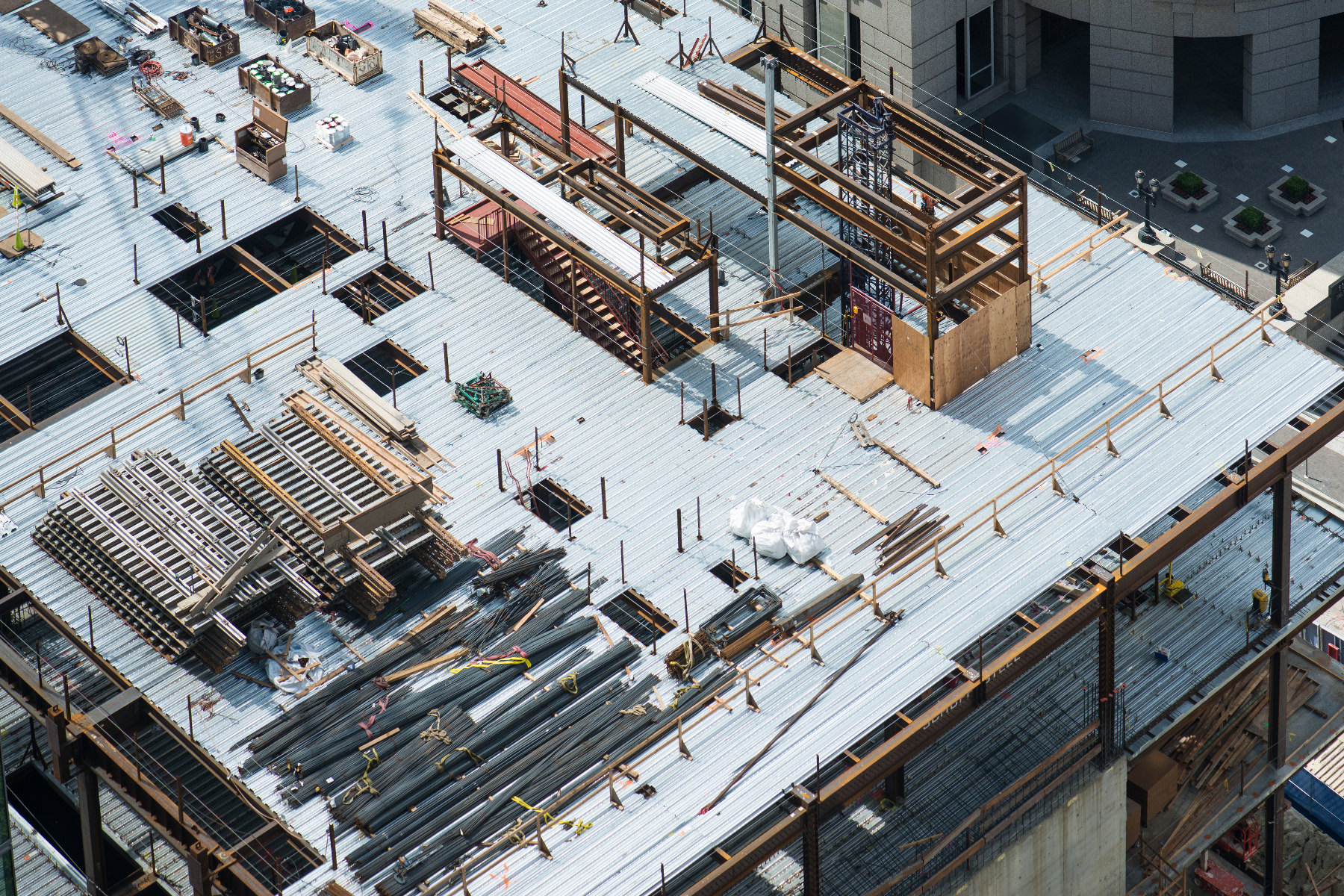There are many misconceptions about housing development in San Francisco, but perhaps none is as complex as the effects of building market-rate residences. While new development in and of itself cannot solve all of the city’s problems, the development of market-rate residences can play a critical role in stabilizing pricing and providing much-needed neighborhood services.
San Francisco is currently experiencing a massive housing deficit. Job growth in the region has greatly outpaced the rate of housing development. Between 2011 and 2016, the Bay Area created about 531,000 jobs but only permitted around 94,000 residences. The Association of Bay Area Governments estimates that the region would need to permit around 27,000 residences per year to close this gap. An injection of new housing supply in the city can help relieve this pricing pressure and provide more housing options to a broader cross section of buyers.
In San Francisco, the development of affordable residences alongside market-rate units is required by law. For all new residential developments, it is mandatory to offer a minimum of 12-15 percent of a project’s residences below-market-rate, 20-25 percent if these units are built offsite, or an in-lieu fee to fund the equivalent of 25 percent of a project’s units, which is contributed to the city’s affordable housing fund. The city is currently in the process of increasing these minimums. In short, one of the chief ways to increase the affordable housing stock in San Francisco is to increase the amount of market-rate housing.
When a developer collaborates thoughtfully with local advocacy groups and government officials, the results can bring a wealth of community benefits to a neighborhood. The approved 5M project in SoMa, for example, will build office space and a total of 842 residences, with 40% of those residences offered below-market-rate, along with 50,000 SF of public open space and the retention of historic buildings. In total, the project will generate over $70 million in public benefit fees.
950 Market in the Tenderloin is another example of a successful partnership with community activists. In addition to a condo and hotel development, the project will result in 68 off-site affordable residences, dedicated non-profit space, and the creation of the country’s first transgender cultural district.
Mandatory affordable housing and an abundance of neighborhood benefits are integral components of new construction San Francisco; it is nearly impossible to build a project that doesn’t include a combination of the above. The city’s fate is inextricably linked to market-rate development, and market-rate development is bound by what it can offer the broader community. The future of San Francisco is brighter when developers take the city’s multitude of needs into account, and that includes addressing its need for housing at all levels.




